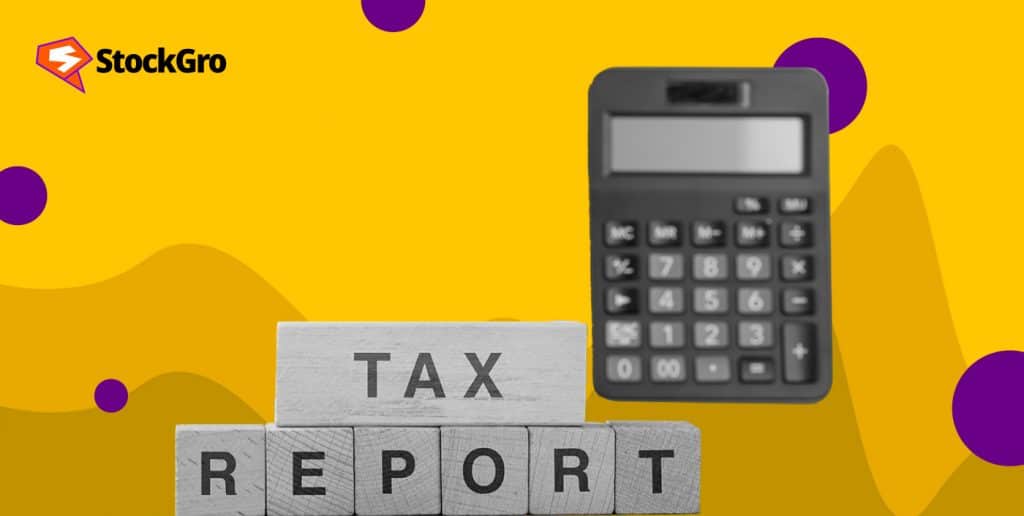
In this article, we’re going to talk about what a recurring deposit is, the advantages and disadvantages of having one with your bank, and the corresponding tax liabilities that come with gaining interest on such investments.
Understanding recurring deposits
An RD is a savings instrument that allows you to deposit a fixed amount of money every month over a predetermined period. This instils a regular savings habit and guarantees you a fixed interest rate on your total deposit at maturity.
Unlike a regular savings account, RDs lock in your deposits for the chosen term, ensuring you reach your savings goals without the temptation to withdraw prematurely.
CTA: FD vs. RD
Pros and cons of investing in recurring deposits
Here are some broad advantages of having a recurring deposit account with your bank:
- Building an investing habit: RDs are a fantastic tool to inculcate a habit of regular saving. Setting up a standing order ensures you contribute towards your goals consistently.
- Safe investments: Backed by banks, RDs offer a high degree of security for your principal amount and the earned interest.
- Largely predictable returns: Unlike market-linked investments, RDs offer fixed and guaranteed returns on your deposits. You know exactly how much you’ll earn upon maturity.
- Higher returns than savings accounts: Compared to regular savings accounts, RDs typically offer slightly higher interest rates.
There are also disadvantages:
- Low liquidity with invested capital: The deposited amount is locked in for the chosen tenure. Early withdrawal may attract penalties and potentially lower interest payouts.
- Much lower returns than other options: Since RDs are relatively safe investments, they offer very low returns compared to riskier alternatives. While RDs are great investment tools for those wanting to conserve wealth, most investors will do much better with slightly riskier alternatives.
- Risk of inflation: Over time, inflation can erode the purchasing power of your returns. If RDs offer lower returns than inflation rates in the long-term, your money will essentially be worth less over time.
CTA: 7 risks associated with investment in fixed deposits
How are RDs taxed?
Investments in recurring deposits by banks are not tax deductible, which means that they are not eligible for tax exemption under Section 90C of the Income Tax Act, 1961.
The interest earned on your RD is subject to income tax too. Banks typically deduct Tax Deducted at Source (TDS) on the interest if it exceeds ₹10,000. The TDS rate is usually 10%, which can be higher if you haven’t submitted your PAN card details to the bank.
How to file RD investments in an ITR
If you’re filling out your ITR and want to understand how to declare your interest income from RDs, here’s a step-by-step guide:
- Gather the information you need: Collect your RD account statements for the financial year you’re filing taxes for. These statements will show the total interest earned on your RDs.
- Identify the income head for filing: The interest earned on RDs falls under the income head “Income from Other Sources” in your ITR form.
- Fill in correct details as applicable: In the “Income from Other Sources” section of your ITR form, locate the specific section for “Interest on Deposits.” Enter the total interest earned on your RDs for the year as shown in your account statements.
- Pre-filled TDS information: The Income Tax Department might pre-fill your ITR form with the TDS information received from the bank. Verify this information for accuracy.
- Tax payable: Based on your total income and tax slabs, your ITR form will calculate the total tax payable on your income, including the interest earned on your RDs.
- Corresponding payment or refund: If the TDS deducted is less than your tax liability, you’ll need to pay the remaining tax amount during the ITR filing process. Conversely, if the TDS deducted is more than your tax liability, you’ll be eligible for a tax refund.
CTA: Tax efficient withdrawal strategies for retirement in India
Frequently Asked Questions
My RD offers a fixed 6% interest. Is that good enough?
It depends! RDs offer stability, but shop around. Some banks might offer slightly higher rates for longer RD terms.
I need the flexibility to withdraw money sometimes. Are RDs right for me?
RDs have lock-in periods. Early withdrawals come with penalties and potentially lower interest payouts. If flexibility is key, consider a high-yield savings account.
What if I miss an RD deposit?
Most banks allow you to miss a few deposits without closing the account. However, there might be penalty charges and your overall interest earned could be reduced.
Should I open RDs in different banks?
You can! Spreading your RDs across banks can help you benefit from different interest rates offered.
Can I use my RD to build a nest egg for retirement?
RDs can be a part of your retirement plan, especially for short-term goals within your retirement timeline. However, for long-term retirement savings, explore investment options with potentially higher growth, like mutual funds.

